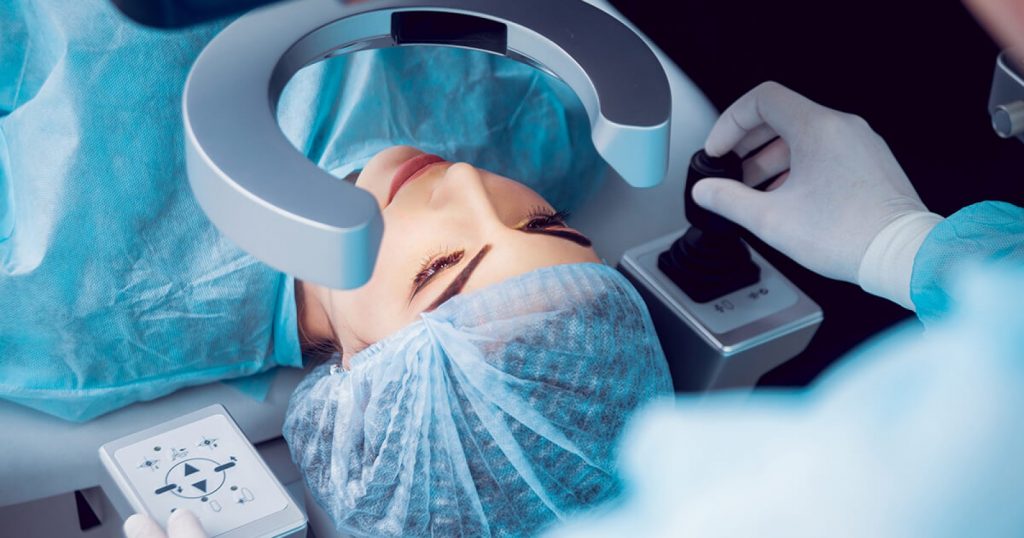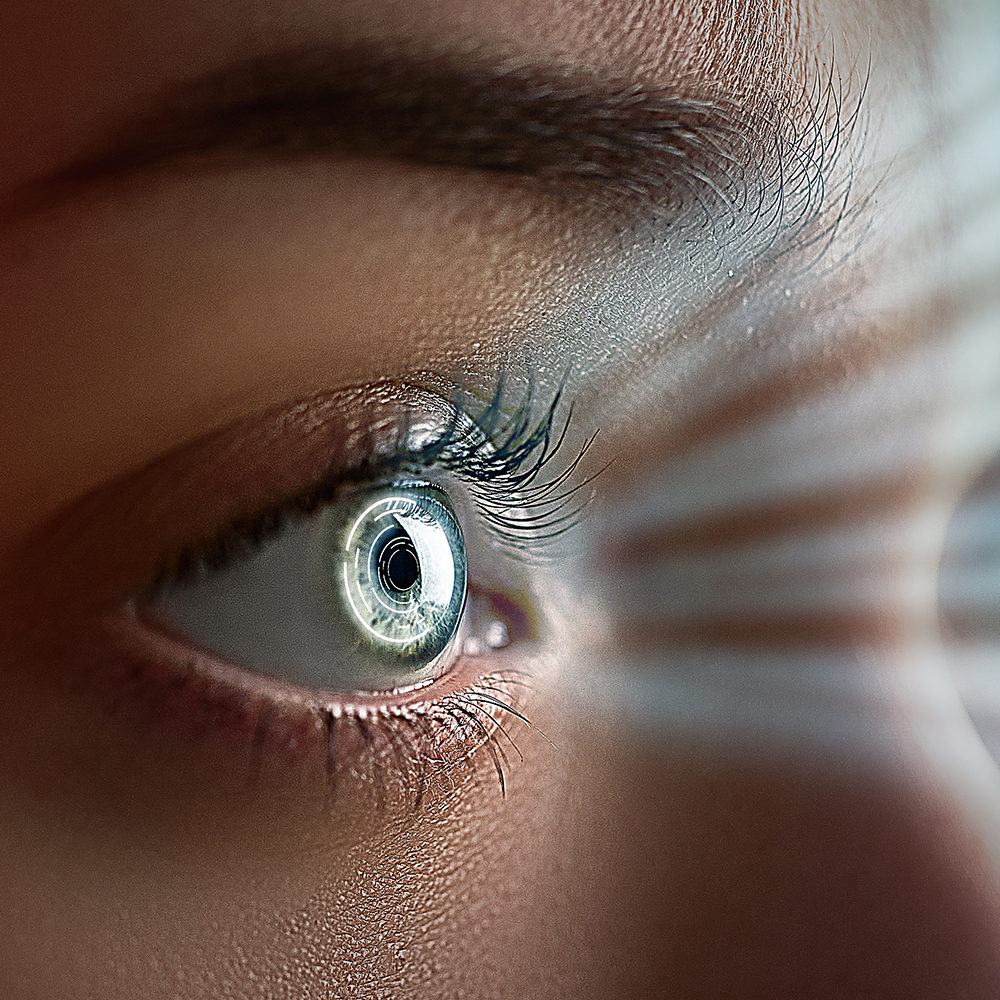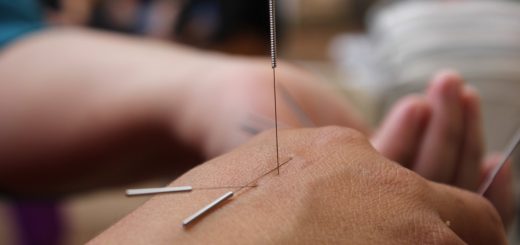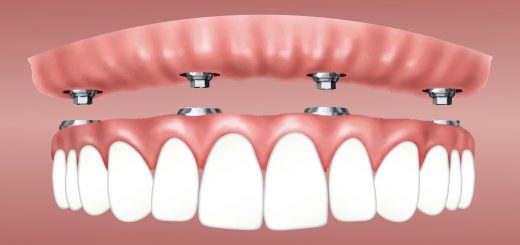How Safe Is Laser Eye Surgery?
This is the most common question asked by patients who are considering laser eye surgery for good reason. Your sight is precious and any procedure involving your eyes may seem daunting. You shouldn’t worry so much however – laser eye surgery is one of the safest elective surgical procedures available today.
Different forms of laser eye surgery have been performed for over 30 years and the procedure is very well established. Over the years, LASIK, ASLA and SMILE have been studied extensively and there is a wealth of clinical evidence showing that each vision correction procedure is safe and effective for people who qualify.
Over 16 Million People have had LASIK
Because LASIK is the most performed laser eye surgery procedure around the world, there have been thousands of studies analysing its safety and how well it can correct refractive errors (e.g. short-sightedness, long-sightedness or astigmatism), which is referred to as its ‘efficacy’. A recent study into the effectiveness of LASIK has shown that more than 90% of patients had perfect results (i.e. 20/20 vision or better) and nearly 100% had vision that meets legal driving requirements.
SMILE and ASLA are as Safe and Effective as LASIK
LASIK is not suitable for all eyes – different laser eye procedures work best on different refractive errors or corneal features. ASLA is suited to people who have thin corneas, because those patients are at increased risk of complications if they have LASIK. ASLA has actually been around longer than LASIK, but it is used for fewer patients because it has a longer recovery time. The good news is that studies have shown that patients who have ASLA can expect safety and outcomes comparable to LASIK.

A more recently developed vision correction procedure is SMILE, which was introduced 10 years ago for people with short-sightedness and astigmatism. Many patients prefer SMILE because it is keyhole surgery, so there is no disturbance to the surface of the eye. One million eyes have been corrected using this type of laser eye surgery, and there is a growing body of clinical evidence to show how safe and effective SMILE is, including many studies comparing it to LASIK. A recent review article analysed data from more than 100 of these comparison studies and showed that SMILE was at least equal to LASIK for safety and efficacy.
The Risks of Side-effects and Complications are Low
Most issues that can arise after laser eye surgery resolve in the short term. However, it’s important to have a good understanding of the potential risks before going ahead with the surgery. These include:
- Over- or under-correction of your refractive error: this means that your vision is not perfect after the procedure. In almost all cases, this can be corrected by an ‘enhancement’ procedure (or by wearing glasses or contact lenses).
- Loss of visual sharpness: approximately 1–2% of people may experience this while their vision is stabilising after surgery, but it normally resolves within 6 months.
- Dry eye: laser eye surgery disturbs the eye’s tear film, which can disrupt tear production and lead to dry eye. It’s normal to experience this for a few weeks or months after surgery, but only in rare cases does this persist. LASIK is most likely to cause this side-effect, so people who suffer from dry eye may have ASLA or SMILE recommended instead.
- Flap problems: the flap of corneal tissue that is lifted and replaced during LASIK can move out of place after surgery if the patient rubs their eyes, swims or plays sports too soon. You can help avoid this by following your post-operative recovery instructions. Patients looking to resume physical activities soon after surgery often choose SMILE because the keyhole nature of the surgery removes this risk.
Serious Complications are Very Rare
Most people’s biggest fear associated with laser eye surgery is going blind. But you can be reassured by the fact that blindness as a result of laser eye surgery has never occurred anywhere in the world. As the technology used in laser eye surgery continues to develop, the risks of other complications continue to decrease. For example, it is now standard practice to use a laser (rather than a blade) to create the flap in LASIK, which reduces the risk of inflammation in the eye. If you choose a modern clinic that uses the latest technology, like Summerhill Optometry, you’ll further reduce your risk of complications.

Be Sure that Laser Eye Surgery is Safe for You
As we mentioned at the beginning of the article, laser eye surgery is safe and effective for the people who qualify for each procedure. If your eyes are not suited to a procedure, the results may be less effective, and you may be at greater risk of post-operative complications. An experienced surgeon will undertake a comprehensive evaluation to understand everything about your eyes – from the thickness and shape of your cornea to your general eye health – before advising whether you are eligible for laser eye surgery and which procedure best suits your eyes. If you are told you are not a suitable candidate for laser eye surgery, take that recommendation seriously.
And if you are told you are a good candidate for laser eye surgery, you can join the millions of people worldwide who are living their life free from glasses and contact lenses.



